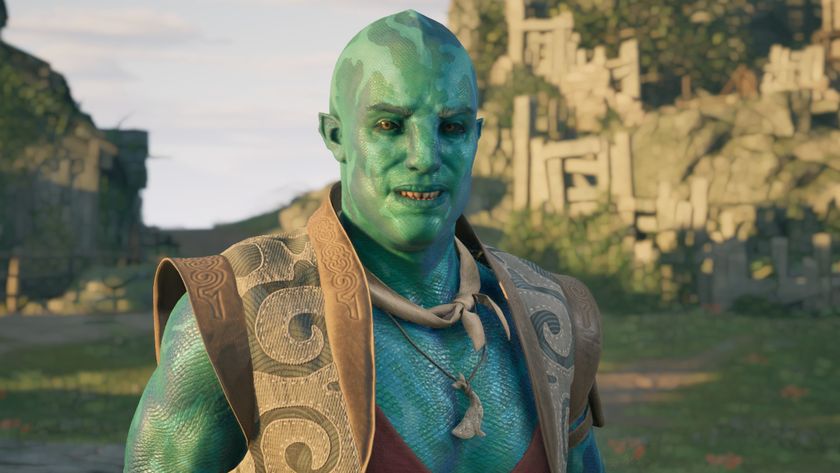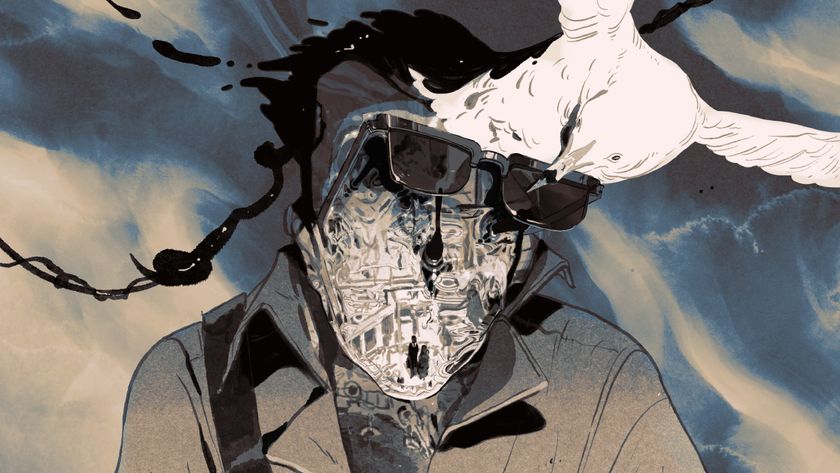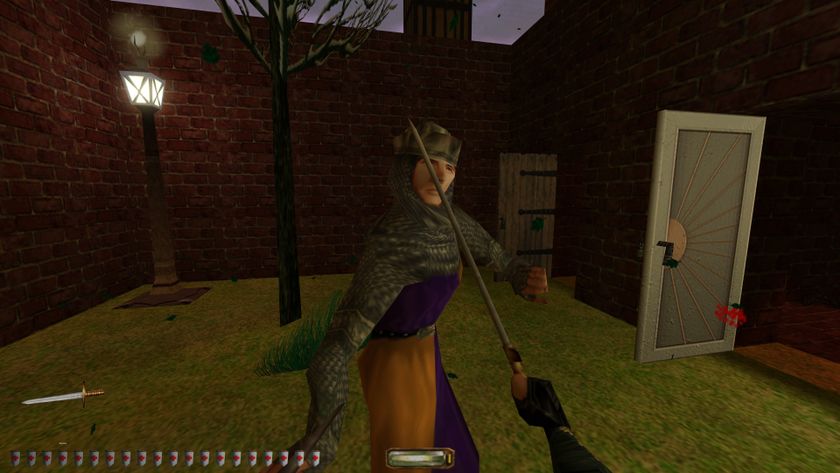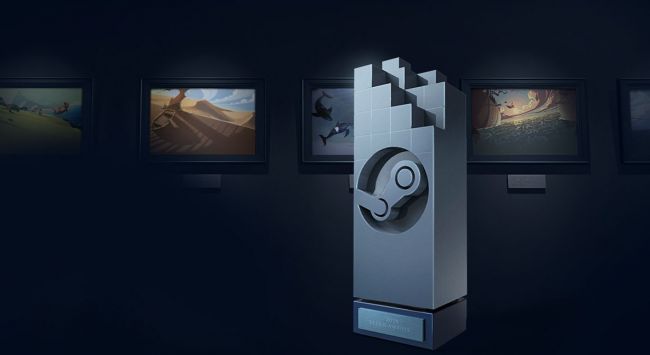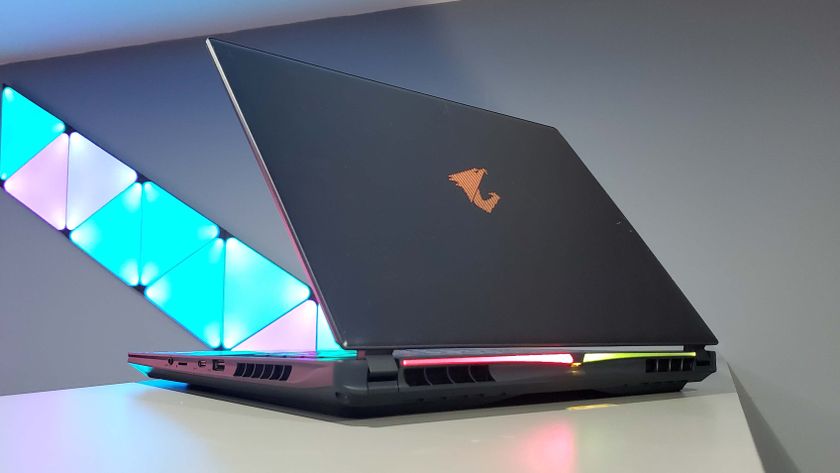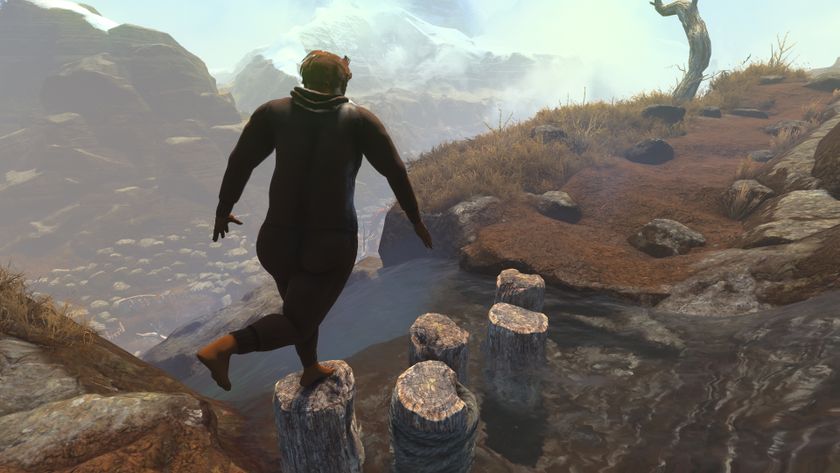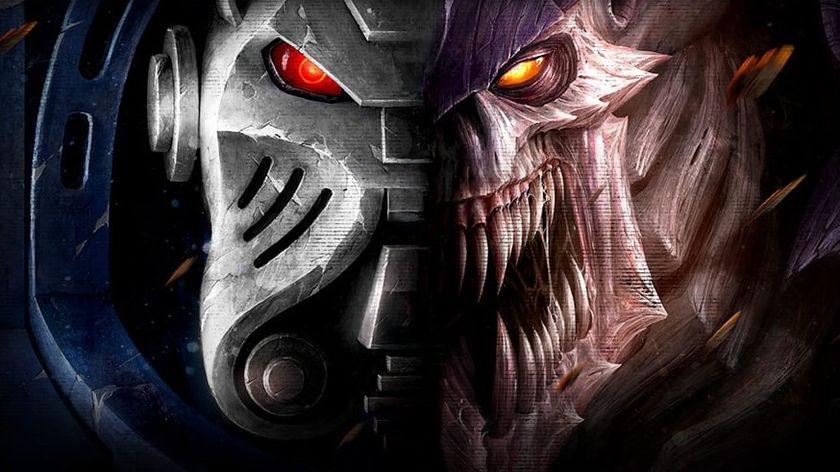Game developers tell us how they would make Half-Life 3
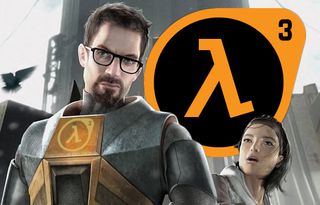
There may never be a Half-Life 3. We don’t want it to be true, but it’s a real possibility—it’s been more than 11 years since Half-Life 2, and more than eight since Episode Two ended in a cliffhanger. Our collective desire for Half-Life 3 has manifested in scrutinized “leaks,” memes, and hopes and dreams. We want to believe.
We want to believe Valve is quietly, secretly cooking up a game that continues Half-Life 2’s story and is every bit as brilliant at the same time. But since we don’t know, and Valve isn’t talking, I thought I’d do something a bit different: imagine what Half-Life 3 would look like today, if it were just as groundbreaking as Half-Life 2 was in 2004. What are the gravity gun and physics puzzles of 2016?
I’m no game developer, so I decided to ask several first-person shooter designers for their take. Cliff Bleszinski, Tripwire’s John Gibson, and Bluepoint’s Kynan Pearson all imagined how they’d tackle the thankless task of designing the sequel to Half-Life 2.
Use that Steam money to take big risks
John Gibson, President of Tripwire Interactive

John Gibson is the president of Tripwire Interactive, which has developed the Killing Floor and Red Orchestra games.
“I would be looking to take risks, BIG risks trying new things,” Gibson wrote. “I don't believe there is a studio active today that could afford to take as massive a risk on a game financially that Valve could with their Steam war chest of money. Studios are afraid to do anything too different because if they do and it doesn't sell well, then their studio could go out of business.
"But Valve are in the position they can risk it all on creative ideas and new gameplay. So I would start by thinking big, and then focusing those big ideas down to one or two groundbreaking features.
"Beyond that I would focus next on giving the players a great story. A great story is what separated the first two Half-Life games from their competitors, and the same should be true for Half-Life 3. Finally I would set a priority for having enjoyable moment-to-moment gameplay, because if the main gameplay loop isn't fun then nothing else you do in the game will matter.”
Gibson didn’t delve too deeply into specifics about those gameplay systems—and hey, it ain’t easy to magically conjure up the perfect gameplay innovations for a Half-Life sequel—but he did offer up more detailed thoughts about what made the first two games innovative.
The biggest gaming news, reviews and hardware deals
Keep up to date with the most important stories and the best deals, as picked by the PC Gamer team.
Valve needs to get their weapon functionality out of the 1990s.
“It may not seem like it today, but if you look back at Half-Life 1 and 2 they were both groundbreaking games in terms of technology,” he wrote. “They were both visually stunning games at the time—Half-Life 1 introduced skeletal animations and featured colored lighting, Half-Life 2 was one of the first games to feature heavy use of pixel shaders (that amazing water!) and physics gameplay. To meet the expectations set by the previous games, Half-Life 3 needs to once again set the bar with new graphics and game engine features.
“On the gameplay side, and I hate to put it this way, but Valve needs to get their weapon functionality out of the 1990s. Their weapon functionality and gun gameplay was groundbreaking in Half-Life 1, but was already pretty long in the tooth by the time Half-Life 2 came out and feels very dated today. It's time a Valve game had ironsights on all their weapons, even if the game plays well without them for the more casual players. Valve shooters traditionally have weapons that play well up close, and well at a distance, but at mid-range combat have been fairly lacking. So they should work to improve that aspect of their gunplay.
“Finally, great and unpredictable AI has been a cornerstone of the Half-Life gameplay since the beginning. Half-Life 3 should raise the bar in this area once again with AI that surprises the player, and does things that gamers just don't expect AI in a game to be able to do.”
The takeaway: Half-Life 3 needs to make a technological splash on par with HL1/2. Gunplay and AI should raise the bar for today’s shooters. Mostly, Valve shouldn’t be afraid to take risks despite fan anticipation.
Half-Life 3 could be to the Vive what Half-Life 2 was to Steam
Cliff Blesinzski, CEO at Bosskey Productions

Cliff Bleszinski is the CEO at Bosskey, developing upcoming FPS Lawbreakers. He previously worked on the Unreal, Gears of War, and Jazz Jackrabbit series at Epic Games.
“If I were doing a Half-Life 3, I’d be terrified,” wrote Cliff Bleszinski. “It’s almost become this myth on the internet, the ‘Half-Life 3’ confirmed [meme]. Valve, and GabeN, are all brilliant, and seem to always operate with a ‘what’s best for us strategically that we’ll love to work on’ [policy]. I honestly know nothing about if it even exists, even with my fairly well-connected ass. I think Valve must have the most airtight NDA in the business.”
Valve’s development decisions since Portal 2 in 2011 may have been strategic, or driven by passion, or both, but it’s hard to argue with the results—from a financial perspective, anyway. While we’ve all longed for a Half-Life 3 (or a Left 4 Dead 3), Valve has turned Dota 2 into the second-biggest MOBA on the planet, pulling in millions of dollars per month. Continued attention to CS:GO rescued the game from a modest launch (for a year, it had fewer players than the original Counter-Strike) and turned it into another money-maker. The most-played competitive shooter in the world, in fact, with a daily playerbase that occasionally passes Dota 2’s. Team Fortress 2 (and its item market) are still going strong, too.
So what would a strategically-minded Half-Life 3 release look like? A SteamVR-exclusive seems like a no-brainer to drive adoption of the platform, although Valve’s Chet Faliszek has said that Half-Life 3 won’t be a VR game. Valve and other developers have spoken at length about the motion sickness and design challenges of first-person shooters in VR.

Still, Cliff sees the potential there.
“With the amazing HTC Vive, it wouldn’t surprise me to see something in the Half-Life universe on that platform as a way of making it happen for the eager crowd,” Bleszinski wrote. “Remember when Steam launched (poorly) with Half Life 2 and you HAD to have Steam? I could easily see Gabe and co doing something similar. Heck, the most spectacular first demo on the Vive (if you haven’t seen it, spoilers) is a scene that is slowly revealed that you’re in Aperture Science labs (when Glados showed up I was equally thrilled as I was terrified, she’s HUGE in person/VR!). So my ‘money’ is on something to make the killer app for the Vive, similar themes of science, new setting.
“Or we could just have a custom experience that takes place in Ravenholm on the Vive with a VR gravity gun. Oh man I just peed myself thinking of that.”
Like Gibson, Bleszinski had plenty of words of praise for the first two Half-Life games. But he focused on the creativity of their settings rather than technology.
“Half-Life and its sequel are arguably two of the greatest games of all time, not even just in the FPS genre, but, like, EVER. Before most of the world knew about Neil deGrasse Tyson as the rockstar astrophysicist that he is, and helped make science cooler than ever, Half-Life made the idea of science, well, fucking cool.
“FPS games up to that point were largely games like Quake and Unreal, the former filled with brown dark castle dungeon types of settings, the latter with gaudy colored lighting and castles in the sky. Half-Life and its sequel put you in mostly mundane locations and introduced the fantastic with a narrative arc that’s largely inspired, it seems, from Stephen King’s ‘The Mist.’ “
VR seems like a rich opportunity to make Half-Life 3’s setting equally captivating. And if Half-Life 3 really isn’t a VR game, we hope Bleszinski’s idea of something in the Half-Life universe showing up on the Vive bears out.
The takeaway: Half-Life 3 could be a killer app for the Vive, with a new setting in the same vein as its predecessors.
Bring back the feeling of surprise and possibility
Kynan Pearson, Creative Director at Bluepoint Games

Kynan Pearson is the creative director at Bluepoint Games and has previously worked on Halo 4 and 5 at Epic Games and Metroid Prime and Donkey Kong Country Returns at Retro Studios.
Designer Kynan Pearson wrote something close to an essay on his vision for Half-Life 3, throwing out ideas for story, weapons, gameplay mechanics and more. It’s a collection of ideas that wouldn’t all work together, but among them could be a feature that forms the heart of the next Half-Life.
“Half-Life 3 would be compared to every major release over the last 10 years,” wrote Pearson. “Games like Grand Theft Auto 5 HD (in first person), Skyrim, and Fallout 4 have had multiple iterations to take on the open world format. The Call of Duty series continued and escalated the Half-Life 2 style in game storytelling and set piece-moment style mission structure.
“For Half-Life 3 to be successful it needs to be a great game, but competing directly with or trying to outdo those games one their own playing field would be extremely difficult and costly. Half-Life 3 needs to be risky, revolutionary and memorable.”
What does that entail? Pearson laid out a number of ideas for a non-VR version of Half-Life 3 (he also suggested a VR HL3 could be “a mind-blowing experience” but would take too many words to flesh out). Here are a few of the stand-outs.
Imagine being able to control the flow of gravity in a field that could be as small as a person or large as a room.
“ Gravity Manipulation Fields - Imagine being able to control the flow of gravity in a field that could be as small as a person or large as a room. Let's just say you have a weapon or tool that allows you to create these fields by shooting a surface and the size of the field is altered by charging it longer. When a field becomes active any objects or characters inside the field will be pulled towards the surface. This could be used to allow you to walk on walls or ceilings, fight enemies in unique ways or even utilize large heavy objects and vehicles in unexpected puzzles or situations. The limitation is that it has to hit a surface and the things it interacts with have to be close enough to get influenced. This alone could be a fundamentally different way to play the game.
“ Time Manipulation Fields - Imagine being able to manipulate time through placing fields. For the purpose of this explanation, imagine that you could slow time or increase it inside of a circular field you put in the world. Imagine if the flow of time would also impact velocity going into or coming out of the field. Run into a fast forward field and you would come out of it at a higher velocity. Fling an object through a slow down field and it would come out at decreased speed, enough so that it would just fall to the floor when it comes out. There are other games messing with these types of mechanics, so this might not be the best idea to pursue because it might feel too familiar.
“ Dimensional Shifting - The idea of traveling back and forth through different dimensions that occupy the same space could be interesting if each dimension allowed unique interactions. This was touched on in Quantum Conundrum in a light-hearted variation, but could easily take on a completely different set of mechanics and meaning. Without turning this into a dark world/light world system you could have a Zen mirror of our world where different things exist when traveling between. Objects, weapons and vehicles could have different properties between the dimensions. This could even potentially be a reaction of activating a device found on the Borealis which causes the two different dimensions to be merged somehow.
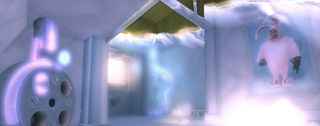
“ Surface Manipulation - Portal 2 included mechanics that allowed you to paint surfaces to enhance their properties. There would have to be limitations but there are unique possibilities to utilize if players could change the properties of a surface directly. (Examples: Slick Surfaces, Gravitational Shift Surfaces, Magnetic Surfaces, Conductive Surfaces, Reflective Surfaces, etc.)
“ Alien Mental Network - Combine Advisors use psychic powers that affect our reality and perception. It would be interesting to get a tool that allows you to access abilities that allowed you to interact with or see the world differently. We'll call this the Alien Mental Network and maybe you could use an astral projection tool that allows you to leave your body and fly around the world in a different form. Perhaps you could see aliens that exist beyond our perception and maybe the world is frozen in time while you do this. You could disrupt combine soldiers and use things that advisors use that are not visible in the real world.
“ Portal Gun - I know this is a common thought, but since Portal and Half-Life are connected it could make for some interesting set piece moments if you only have it for a while. Maybe taking on the idea of different sized portals messing with scale when entering and exiting.”
On top of all those gameplay ideas, Pearson had a few suggestions for story beats and setpieces, and thoughts on how game storytelling has changed in the past decade. “While Half-Life 2 had an incredible setting and was a great experience, there were no fully realized revelations or resolutions in the end,” he wrote. “People have grown to expect more and this a huge area where HL3 should be able to deliver. JJ Abrams and Gabe Newell had a conversation about a collaboration and this could be a great opportunity to create a complete cinematic story experience using talented writers in film and games. This could very well be the last Half-Life game ever so there are some real opportunities to end the story with a permanent world-changing event. You want this to be a story that is remembered forever so it has to be unexpected and significant.”
Pearson’s write-up of Half-Life 3 was such a fun write-up, and so extensive, that I’ve included the full thing on the next page. He has a couple smart ideas for how Half-Life 3 in VR could offer a similarly new experience to Half-Life 2’s physics.
I want to believe
Perhaps Half-Life 3 will never be, but it’s fun to speculate. If you have designs, hopes or dreams of your own, share them. Valve, as usual, is staying quiet. I emailed Gabe Newell with the same questions I sent to the developers above, but haven’t heard back as of this writing. I bet he has some smart ideas.

Wes has been covering games and hardware for more than 10 years, first at tech sites like The Wirecutter and Tested before joining the PC Gamer team in 2014. Wes plays a little bit of everything, but he'll always jump at the chance to cover emulation and Japanese games.
When he's not obsessively optimizing and re-optimizing a tangle of conveyor belts in Satisfactory (it's really becoming a problem), he's probably playing a 20-year-old Final Fantasy or some opaque ASCII roguelike. With a focus on writing and editing features, he seeks out personal stories and in-depth histories from the corners of PC gaming and its niche communities. 50% pizza by volume (deep dish, to be specific).
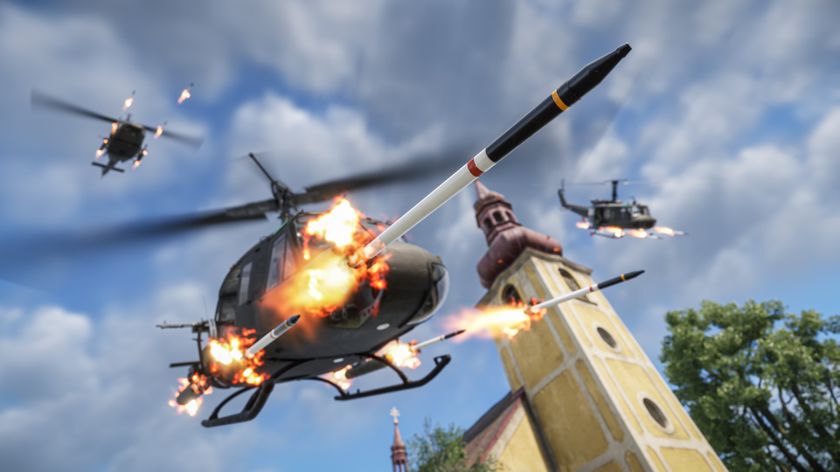
'Game changing' ArmA Reforger update adds attack helicopters, mortars, and destructible buildings: 'nowhere on the battlefield is safe anymore'
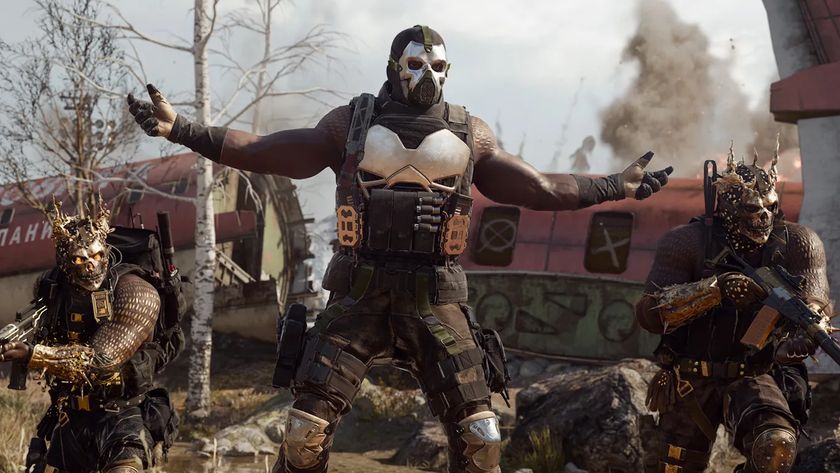
Over 60% of Call of Duty players reported for cheating are on console, but the data says nearly all cheaters are on PC: 'We've found that many of these reports have been inaccurate'

